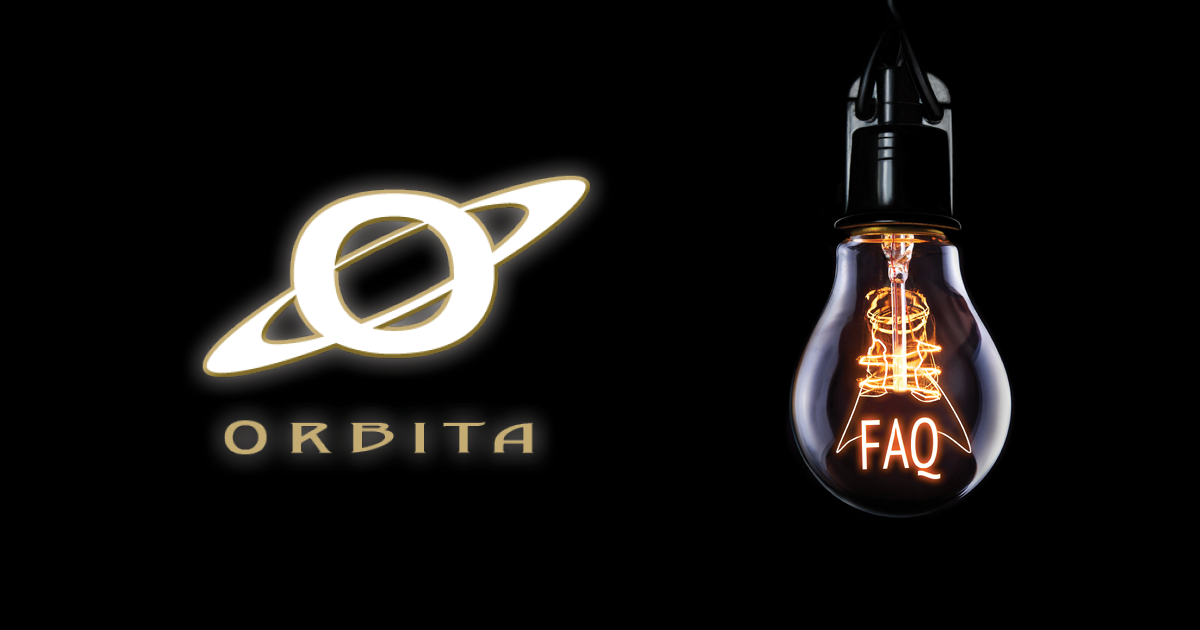Before going into our top 7 frequently asked questions, let’s start with the basics in terms of “self-winding” and “automatic” when it applies to a watch.
A “mechanical” watch is one that derives its power from a tightly coiled mainspring which is housed in a drum or barrel within the watch. As the spring unwinds, it provides the power for the gear train escapement, balance wheel, and other components that make the watch work. The original mechanical watches had to be hand-wound every day. The “automatic” watch is a special type of mechanical watch which is wound by the movement of the wearer’s wrist. That motion causes a rotary pendulum or rotor inside the watch to rotate or oscillate and wind the mainspring. The term “self-winding” is a misnomer. The watch cannot wind itself. It must be worn by the user or hand-wound in order to operate.
(1) How long will an automatic watch run when unworn?
Depends on the watch movement and the other watch functions called “complications” (date, day, moon-phase, etc.). Generally, most automatic watches will run from 42 to 60 hours before stopping.
(2) Why use a Watchwinder ?
Automatic watches are designed to be worn, not to lay unused in a drawer. The lubricants used for these complex watch mechanisms tend to migrate away from critical surfaces when the watch is not “exercised”, causing wear when the watch is finally worn, with a resulting loss of accuracy. A well-designed Watchwinder keeps unworn watches properly lubricated and ready to wear. Needless to say, it also provides the owner with the convenience of not having to reset or adjust his/her watch after unused periods.
(3) Can an automatic watch ever be over wound?
No, that’s impossible. All automatic watches have a built-in slipping mechanism that prevents over-winding. However, this safety device should not be overstressed as it will eventually wear. All high-quality Watchwinders should be provided with a time control of some sort to regulate the actual winding time cycles.
(4) How much winding time is right for my watch?
Rather than talking about winding time in terms of minutes or hours, let’s substitute Turns Per Day (TPD). That is the number of turns of the internal rotor that is required each day to keep the particular watch wound. Most automatic watches require 500 to 800 TPD although there are others with longer power reserves that need 1300 TPD. For example, a Rolex President needs about 600 TPD. Rolex watches are designed to wind in both directions as do many other brands. However, some other watches wind in one direction only and that direction can be clockwise or counterclockwise. For example, many Patek Philippe watches only wind counterclockwise. chronographs using a Valjoux 7750 movement wind only clockwise and need at least 800 TPD. Accordingly, the best-engineered Watchwinders are programmable both for TPD and rotation direction to meet these diverse requirements.
(5) What about watch winding “cycles”?
Let’s presume your particular watch needs 600 TPD to keep it wound. Some Watchwinders run continuously for several hours and then turn off for the rest of the day (i.e. 100 turns per hour x 6 hours = 600 TPD). Others run for only a few minutes per
(6) What’s the difference between AC and DC powered W atchwinders ?
Both types use electric motors. The difference is how the motor gets its power. AC units plug into a wall outlet, generally in the bedroom. They are extremely quiet in operation, like an electric wall clock. A DC powered Watchwinder is portable and can be easily moved from place to place. DC units are frequently used when watches are kept in safes. Battery life is generally 6 to 12 months. ORBITA offers many winders with Lithium based batteries with an average service life of 5 years. Of course, DC powered winders can also run on AC by using an AC/DC adapter which plugs into a wall outlet. However, unlike cellular phones, the batteries are not recharged during this mode of operation.
(7) Which is the best type of holder used on Watchwinders and why?
There are three types. they all perform the same function. Here’s how they differ:
1. Cup Type. A rotating cup receives the watch, which must first be mounted on a carrier of some sort. Most common is a snugly fitting soft foam cushion as the carrier. The cushion self-adjusts to most wrist sizes automatically. Also, oversize and undersize cushions are readily available. No scuffing or scraping is possible with this type of mount. A two watch carrier is also available.
2. Bent Spring Type. Used on rotary, planetary, and windmill winders, these “C” shaped devices are made of spring brass or steel and are generally covered with leather or fabric to prevent metal-to-metal contact. Care is required when positioning the watches to prevent scratching and to ensure a secure mount. Springs may be reshaped by the user to suit various wrist sizes. However, care must be exercised to ensure a tight fit as reduced tension may allow the watch to fall off the holder as it rotates.
3. Snap-In Type. Generally molded of plastic, with a leather or fabric cover. The watch strap or bracelet is closed and then stretched over telescoping members and held in place by either spring pressure or by tightening adjusting screws. Care must be exercised to ensure that the watch holder assembly is securely snapped into the mating receptacle or damage could result from the holder falling during rotation.
ORBITA is the leading producer and provider of premium Watchwinders in the world. While we did not invent the mechanical exercising of watches, we did introduce a new, patented, and an unprecedented level of quality to wind mechanical watches. Our company philosophy has been to create products of lasting value and exceptional attention to detail, as well as products that people enjoy using.
-
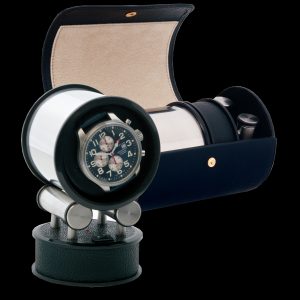 Voyager$395.00
Voyager$395.00 -
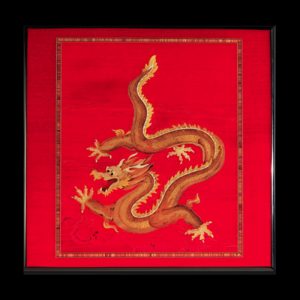 Red Dragon$3,995.00
Red Dragon$3,995.00 -
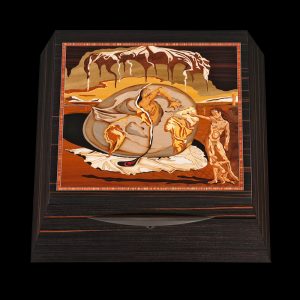 Salvador Dali – Ebony Macassar$3,995.00
Salvador Dali – Ebony Macassar$3,995.00 -
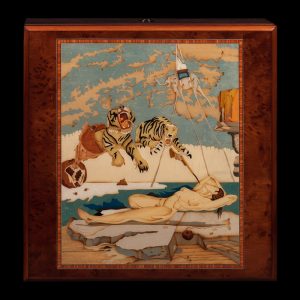 Salvador Dali – Burl$3,995.00
Salvador Dali – Burl$3,995.00 -
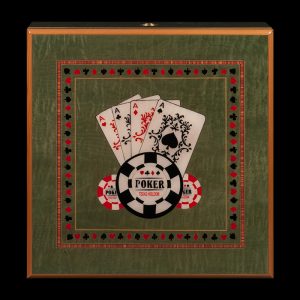 Four Aces$3,995.00
Four Aces$3,995.00
